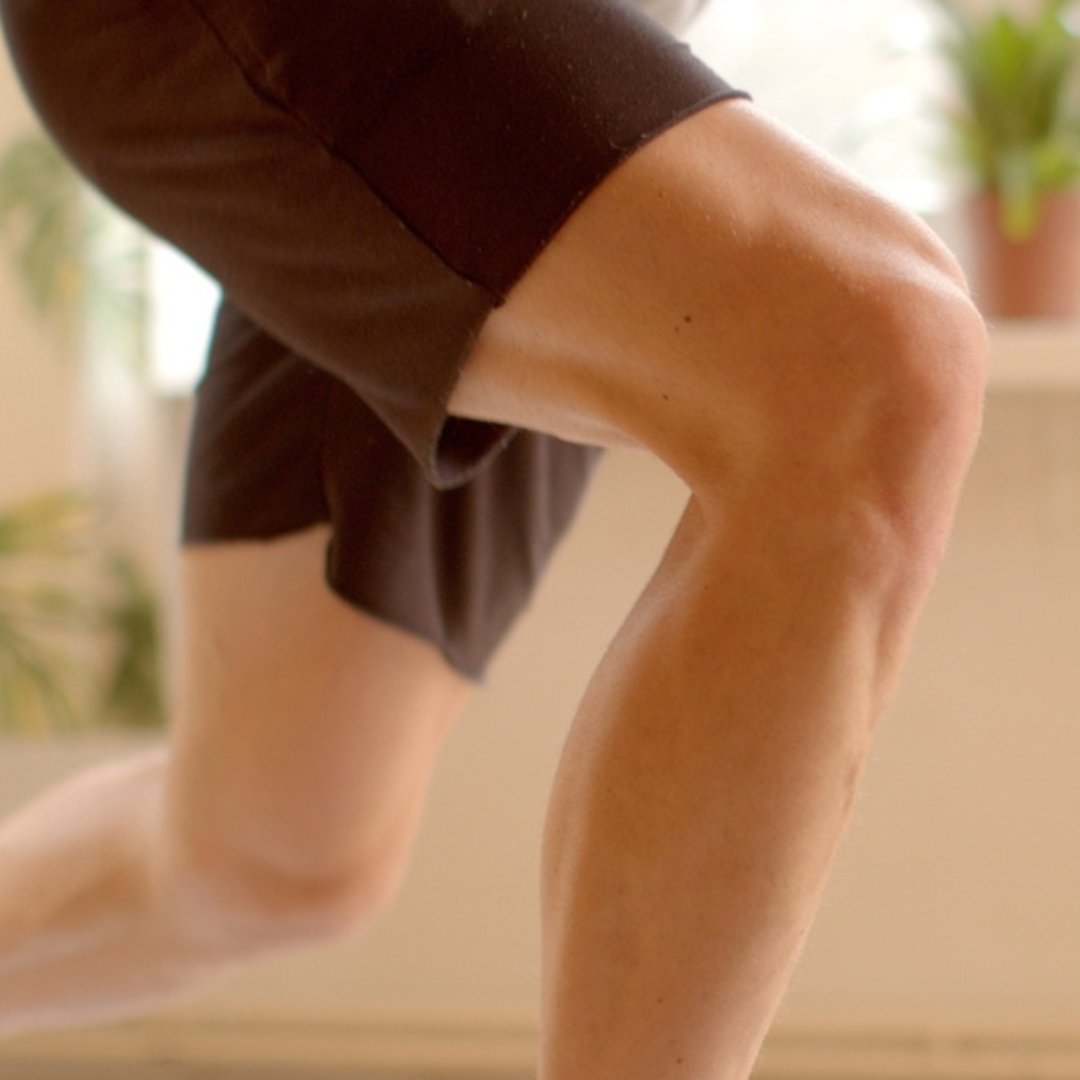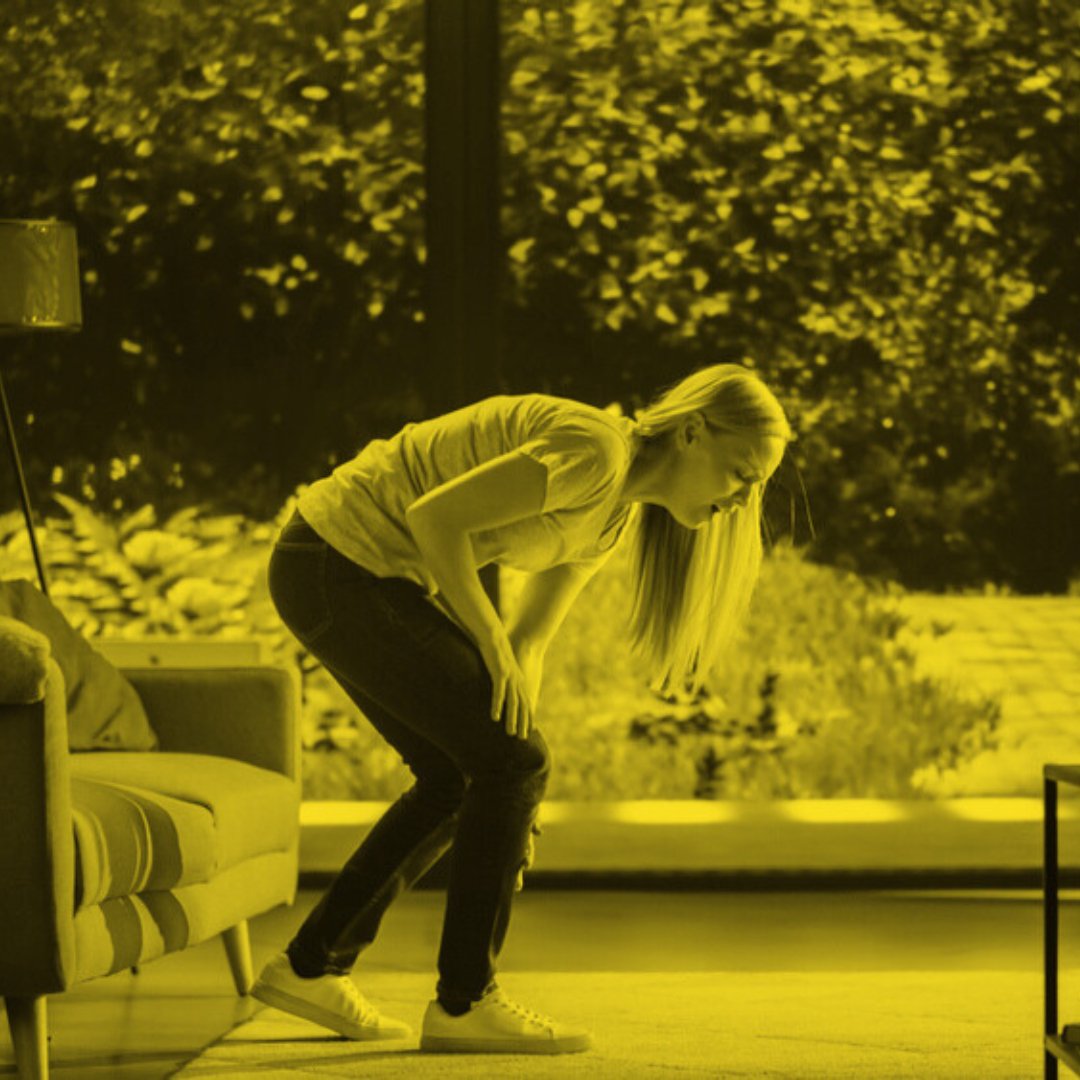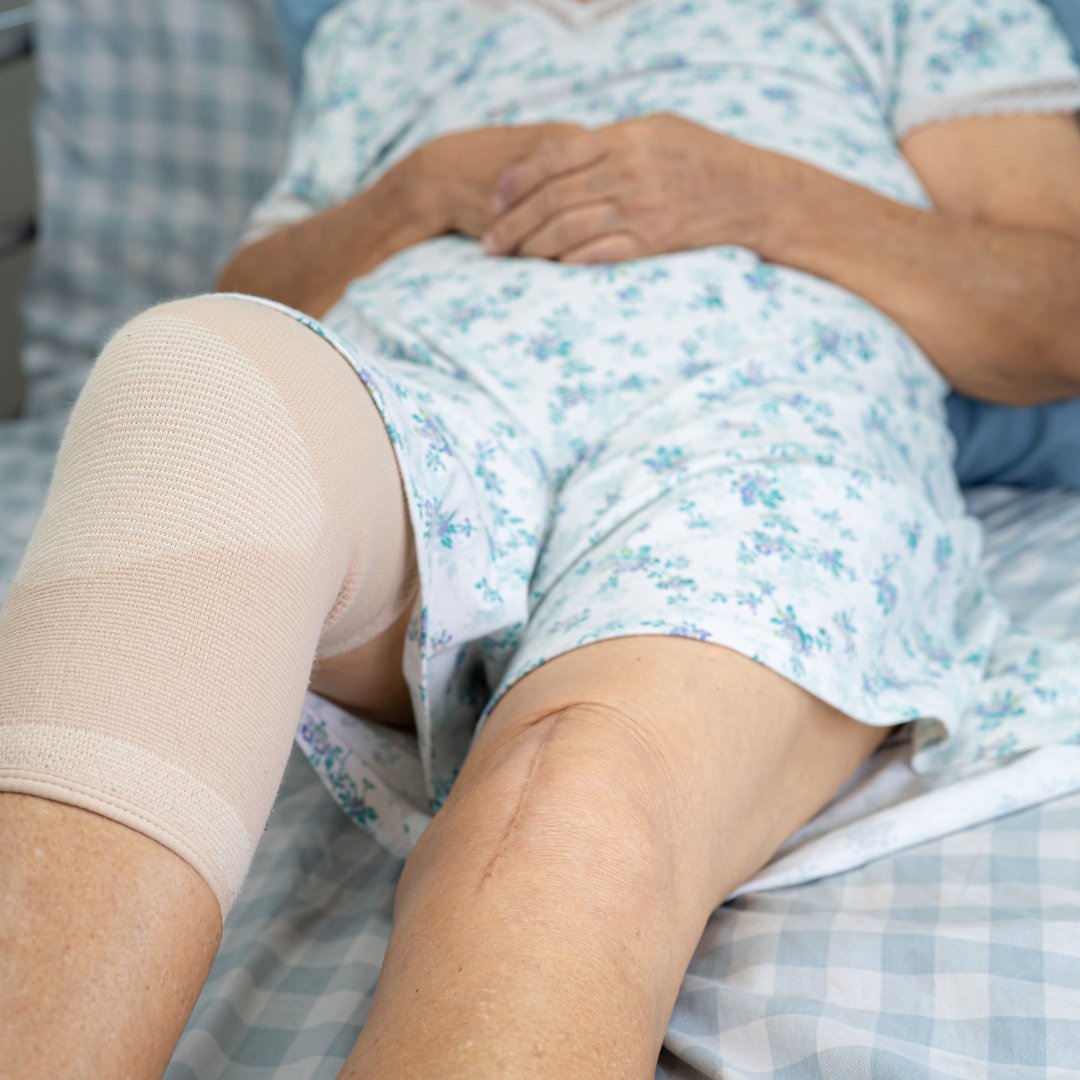
Neuromuscular Training for Knee Stability: What It Is and Why It Works
Learn how neuromuscular training improves knee stability, balance, and proprioception to support joint health and prevent injuries.
Healthy cartilage lets your knees glide, bend, and bear weight without pain. But unlike skin or muscle, cartilage owns only a tiny blood supply, so damage heals slowly. The good news? Motion can “feed” cartilage by pulling in nutrients from the fluid already inside the joint.
In a recent video, Physical Therapist Dr. David Middaugh from El Paso Manual Physical Therapy shows three easy exercises that do exactly that. I’ve embedded the clip (watch from 2:59 to 11:45). Today, I’ll break down why each move helps and how to slot them into your day.
Cartilage survives on two delivery systems: a thin trickle of blood along its edge and the thick, slippery synovial fluid bathing the joint interior. When you sit for long stretches, that fluid settles. Gentle, rhythmic movement stirs it up, letting nutrients seep into cracks where healing must start. Dr. Middaugh puts it plainly: “Moving like this for a few minutes repeatedly over several days can dramatically reduce inflammation from knee cartilage.”
How to do it:
Why it works:
Every swing sloshes synovial fluid through the knee, delivering oxygen and nutrients to the cartilage and washing away metabolic waste. Because the joint stays almost unloaded, even irritated knees can tolerate the motion. Dr. Middaugh encourages frequent sessions—up to six to ten times a day for stubborn inflammation, because “you can’t do this enough.”
Pro tip:
If your feet touch the floor, slide them over the surface instead of dangling. The goal is gentle repetition, not a big range.
How to do it:
Why it works:
The Clamshell wakes up the gluteus medius, a key hip stabilizer. Strong glutes reduce the inward collapse of the thigh that overloads knee cartilage. When that muscle takes on its share, joint pressure drops and healing speeds up.
Troubleshooting:
Feeling your quads more than your butt? Roll the body farther forward or adjust knee bend until the burn centers in your glute.
How to do it:
Why it works:
The Bridge recruits the entire posterior chain, glutes, hamstrings, and core. These muscles guide hip motion; when they fire correctly, the knee lines up, and cartilage sees less grinding force. Consistent holds also teach your body to engage support muscles during regular activities like standing and stair climbing.
Start small:
If your hamstrings cramp, stay in the flat-back, glute-squeeze position without lifting until the muscles adapt.
The routine takes less than 20 minutes total spread throughout your day. Most people notice easier bending and fewer “catching” sensations within a week, though deeper cartilage change needs steady practice over months.
Above you’ll find the curated video clip (2:59–11:45) where Dr. Middaugh demonstrates each move and answers common questions. Follow along the first time so you can picture the exact form when you practice alone.
Cartilage may heal slowly, but it does respond to the right stimulus. By keeping the knee in gentle motion, waking up the glutes, and training the whole backside to share the load, you tip the scales toward recovery. Add these three exercises to your daily routine, and give your knees the nourishment they’ve been missing. Stay patient, stay curious, and keep moving, your future self will thank you.
Have a question about knee health? Drop it in the comments below, and I’ll tackle it in an upcoming KneeMail.

Learn how neuromuscular training improves knee stability, balance, and proprioception to support joint health and prevent injuries.

Learn why knee stiffness isn’t only caused by aging and discover strategies to ease pain, improve mobility, and support long-term knee health.

Learn the difference between PTs and PTAs in knee physical therapy, their roles, and how it impacts your care and co-pay.

Discover knee injuries and conditions that may lead to total knee replacement and learn options to ease chronic pain.

Discover the real cost of knee replacement surgery, from hospital bills to PT co-pays, insurance coverage, and hidden expenses.